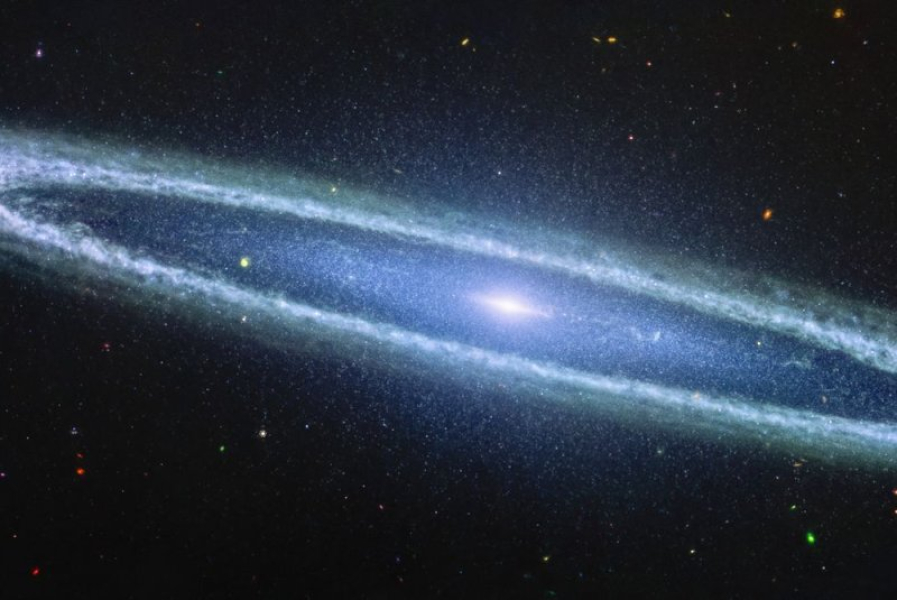
The Neutron Star Interior Composition Explorer X-ray telescope has developed a motor malfunction, halting its tracking of space objects until NASA engineers can fix it.
NASA says it has been working to resolve the problem since the telescope was shut down on June 17 when its ability to track celestial objects deteriorated.
The space agency did not specify when the telescope would be able to resume its work.
The telescope is mounted on the International Space Station next to the right solar array and has been in use since 2017.
It can measure neutron stars, identify black holes, active galaxies and other cosmic phenomena. It can also help plot routes to Mars for future exploration and missions.
NICER's latest failure is just one of many problems it has faced since its launch in 2017.
In May 2023, the NICER telescope suffered a light leak when several thin thermal shields became damaged and began to let sunlight through, making it unusable during the day.
In January, NASA astronaut Nick Hague installed nine patches to repair the most serious damage, but some light interference continued to affect the telescope's operation.
A closer inspection revealed several small cracks and holes through which light was still leaking into the telescope.
NASA engineers reconfigured the telescope's power supply to compensate for the light leak, allowing it to resume normal operation on March 12.
Additional damage to at least one heat shield forced NASA to cut back daytime observations on May 22, leading to another adjustment to the telescope's operations.
X-ray telescopes like NICER provide NASA scientists with the ability to study and better understand extreme radio events in space.
Observations using the NICER telescope and the Nuclear Spectroscopic Telescope in low Earth orbit allowed NASA scientists to estimate a rapid burst of radio waves from a dead star known as a magnetar in 2020.
According to a study published in the journal Nature, the explosion released the same amount of energy as the Sun produces in an entire year in just a fraction of a second.
Instead of an explosion, a laser beam produced a powerful release of energy.
In October 2022, NASA scientists used the same two telescopes to observe another burst of radio waves from the same magnetar.
Sourse: www.upi.com





